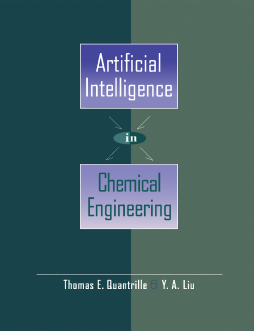
Additional Information
Book Details
Abstract
Artificial intelligence (AI) is the part of computer science concerned with designing intelligent computer systems (systems that exhibit characteristics we associate with intelligence in human behavior). This book is the first published textbook of AI in chemical engineering, and provides broad and in-depth coverage of AI programming, AI principles, expert systems, and neural networks in chemical engineering. This book introduces the computational means and methodologies that are used to enable computers to perform intelligent engineering tasks. A key goal is to move beyond the principles of AI into its applications in chemical engineering. After reading this book, a chemical engineer will have a firm grounding in AI, know what chemical engineering applications of AI exist today, and understand the current challenges facing AI in engineering.
- Allows the reader to learn AI quickly using inexpensive personal computers
- Contains a large number of illustrative examples, simple exercises, and complex practice problems and solutions
- Includes a computer diskette for an illustrated case study
- Demonstrates an expert system for separation synthesis (EXSEP)
- Presents a detailed review of published literature on expert systems and neural networks in chemical engineering
"At long last, here is a comprehensive, yet very readable, exposition of the emerging science of artificial intelligence (AI) as it relates to the practice of chemical engineering...this book is a must reading for any serious student of AI in the chemical process industries. After working through the examples and exercises, an engineer will have the breadth and depth to develop typical knowledge-based systems...An excellent feature of this book is the final chapter on artificial neural networks (ANNs), which have received much attention recently as a powerful new tool for numerical, empirical modeling of processes. Even without any prior knowledge of ANNs, a reader should be able to understand their basic purpose and structure, and get a good sense of their capabilities as well as limitations. In essence, the book covers everything a reader should know about AI, but has long been afraid to ask....This book belongs to a class by itself in providing a thorough coverage of the fundamentals of AI, and illustrating their applications with concrete examples from the CPI. Above all, it is a pleasure to read, unlike, alas, most other books on this fascinating subject." --Chemical Engineering
